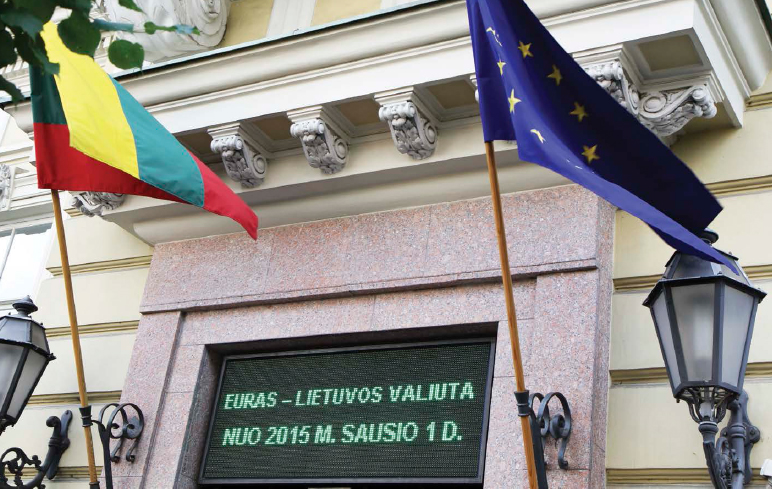Published in 2018 by Cavendish Square Publishing, LLC
243 5th Avenue, Suite 136, New York, NY 10016
Copyright 2018 by Cavendish Square Publishing, LLC
Third Edition
No part of this publication may be reproduced, stored in a retrieval system, or transmitted in any form or by any meanselectronic, mechanical, photocopying, recording, or otherwisewithout the prior permission of the copyright owner. Request for permission should be addressed to Permissions, Cavendish Square Publishing, 243 5th Avenue, Suite 136, New York, NY 10016. Tel (877) 980-4450; fax (877) 980-4454.
Website: cavendishsq.com
This publication represents the opinions and views of the author based on his or her personal experience, knowledge, and research. The information in this book serves as a general guide only. The author and publisher have used their best efforts in preparing this book and disclaim liability rising directly or indirectly from the use and application of this book.
CPSIA Compliance Information: Batch #CS17CSQ
All websites were available and accurate when this book was sent to press.
Library of Congress Cataloging-in-Publication Data
Names: Kagda, Sakina, 1939-author. | Latif, Zawiah Abdul, author. | Nevins, Debbie, author.
Title: Lithuania / Sakina Kagda, Zawiah Abdul Latif, Debbie Nevins.
Other titles: Lithuania (Cavendish Square Publishing)
Description: New York : Cavendish Square Publishing, 2018. | Series: Cultures of the world | Includes bibliographical references and index.
Identifiers: LCCN 2017000419 (print) | LCCN 2017000890 (ebook) | ISBN 9781502627391 (library bound) | ISBN 9781502627346 (E-book)
Subjects: LCSH: Lithuania--Juvenile literature.
Classification: LCC DK505.23 .K34 2018 (print) | LCC DK505.23 (ebook) | DDC 947.93--dc23
Writers, Sakina Kagda, Zawiah Abdul Latif; Debbie Nevins, third edition
Editorial Director, third edition: David McNamara
Editor, third edition: Debbie Nevins
Art Director, third edition: Amy Greenan
Designer, third edition: Jessica Nevins
Picture Researcher, third edition: Jessica Nevins
PICTURE CREDITS
The photographs in this book are used with the permission of: Cover Bill Bachman/Alamy Stock Photo; p..
PRECEDING PAGE
Two little sisters wave Lithuanian flags in Vilnius.
Printed in the United States of America
 CONTENTS
CONTENTS
LITHUANIA TODAY |
1. GEOGRAPHY | Physical geography Climate Rivers, lakes, and woodlands National parks A wildlife paradise Cities |
2. HISTORY | The early Lithuanians The grand duchy Alliance with Poland Vytautas the Great Russian occupation Proclamation of an independent state Soviet and German occupations Independence at last |
3. GOVERNMENT | The constitution The legislative branch The executive branch The judicial system |
4. ECONOMY | Life after the Soviet Union Agriculture and fishing Industries Transportation |
5. ENVIRONMENT | Soviet legacy Nuclear energy Energy alternatives Water and sanitation Waste Air pollution Lithuanias forests |
6. LITHUANIANS | Poles Russians The Jerusalem of the north Traditional dress |
7. LIFESTYLE | Rural living Urban life The role of women The family Birth Childhood rituals Going to school Weddings Health The elderly Funerals |
8. RELIGION | Pre-Christian religion Christianitys rugged road Soviet repression Russian Orthodox church The old believers Other Christian denominations Islam |
9. LANGUAGE | The Lithuanian language Lithuanian wisdom and advice Storytelling |
10. ARTS | Theater and ballet Music Folk art Literature Architecture |
11. LEISURE | Singing Movies Sports Hiking and foraging Saunas and ice baths Clay whistles and birdhouses |
12. FESTIVALS | Midsummer Day Harvest festivals All Saints Day Christmas Shrovetide Palm Sunday and Easter Folk music festivals |
13. FOOD | Rye bread Milk and cheese The many uses of the potato Other dishes Drinks Kitchens |
MAP OF LITHUANIA |
ABOUT THE ECONOMY |
ABOUT THE CULTURE |
TIMELINE |
GLOSSARY |
FOR FURTHER INFORMATION |
BIBLIOGRAPHY |
INDEX |
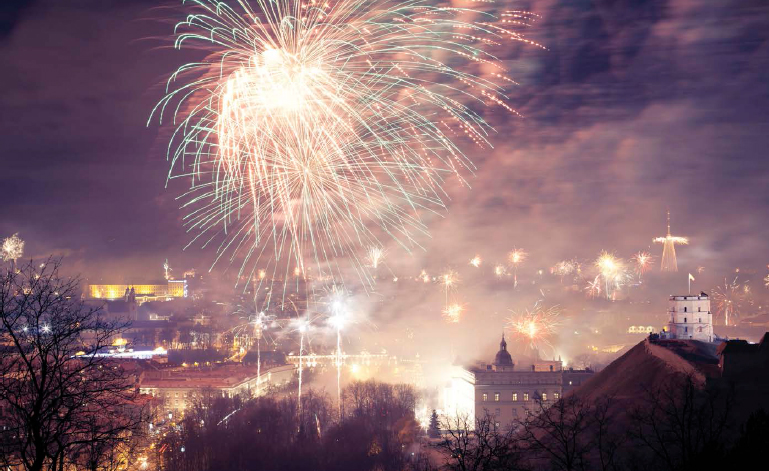
 LITHUANIA TODAY
LITHUANIA TODAY
B ANDS PLAYED, FIREWORKS DAZZLED, AND CROWDS CHEERED on May 1, 2004, the day Lithuania became a part of the European Union (EU). The celebration in Vilnius, Lithuanias capital city, reflected the optimism of a new era. In the city center, banners proclaimed Bukime Europieciais! (Lets be Europeans!) and Mes Europoje! (We are in Europe!)
Of course, Lithuania has always been in Europe. In fact, its the geographical center of the continent, so its inclusion has never been in doubt. Not only that, but centuries ago, it was the one of the largest and most powerful countries in Europe. So why the fuss?
The EU is a political and economic union of twenty-eight European countries (as of 2016), and on that day in 2004, Lithuania and nine other countries became new members. Three of them, the Baltic states of Lithuania, Estonia, and Latvia, had once been part of the Soviet Union (USSR)the massive Union of Soviet Socialist Republics that stretched from Europe to Asia from 1922 to 1991. The Soviet giant was dominated by Russia, the huge country at its core. In 1940, the Soviets annexed Lithuania and its Baltic neighbors, only to have those territories invaded and occupied by Nazi Germany in 1941. In 1944, the reluctant and essentially powerless Baltic states were taken over once again by the Sovietsand subjected to the terror of Joseph Stalin, the brutal Soviet leader until his death in 1953.
A digital clock above the entrance to the Bank of Lithuania counts the time until the country adopts the euro on January 1, 2015.
As part of the Soviet Union, Lithuania learned to look to the East for its cultural identity and to communism for its political leadership. Generations of Lithuanians were indoctrinated in the Soviet way of life, but for the most part, they remained distrustful of the regime. As the Soviet Union began to crumble in the 1980s, independence-minded Lithuanians pushed for freedom. In 1991, they succeeded. Lithuania has been its own nation since that time. Unshackled from the behemoth that was Russia and its satellites, the country is now able to establish its own identity. For that, it has turned its head and now looks West, to Europe.
Joining the EU, therefore, symbolized an enormous shift in the way Lithuania sees itself. A few months after becoming members of the EU, Lithuania and its Baltic neighbors also joined NATO, the North Atlantic Treaty Organization. NATO is a military alliance for the purpose of mutual defense, made up of twenty-six European nations, the United States, and Canada. Tellingly, one of the founding goals of NATO in 1949 was a defense against Soviet invasion. An updated concern, certainly for Lithuania, is now one of Russian invasion. In the wake of Russian intervention in Ukraine in 2014, the concern may be well-founded.

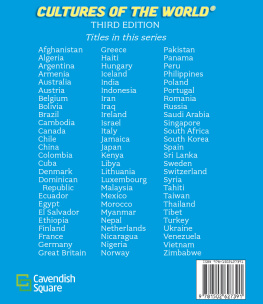
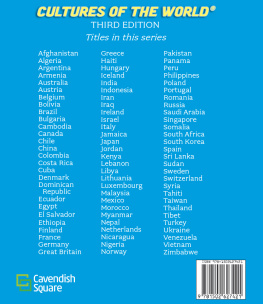
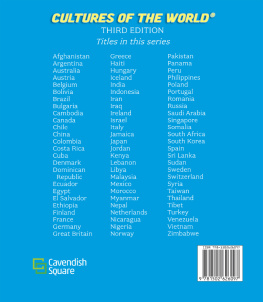
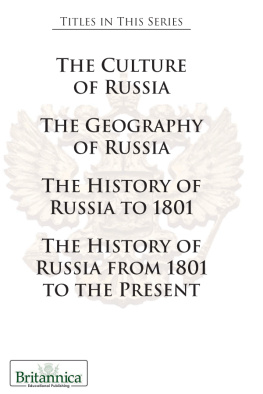


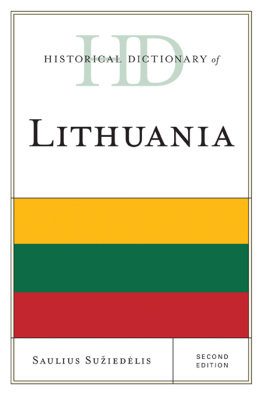
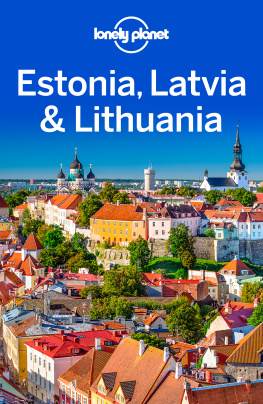
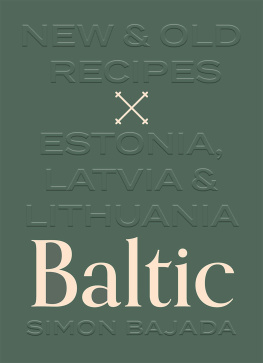
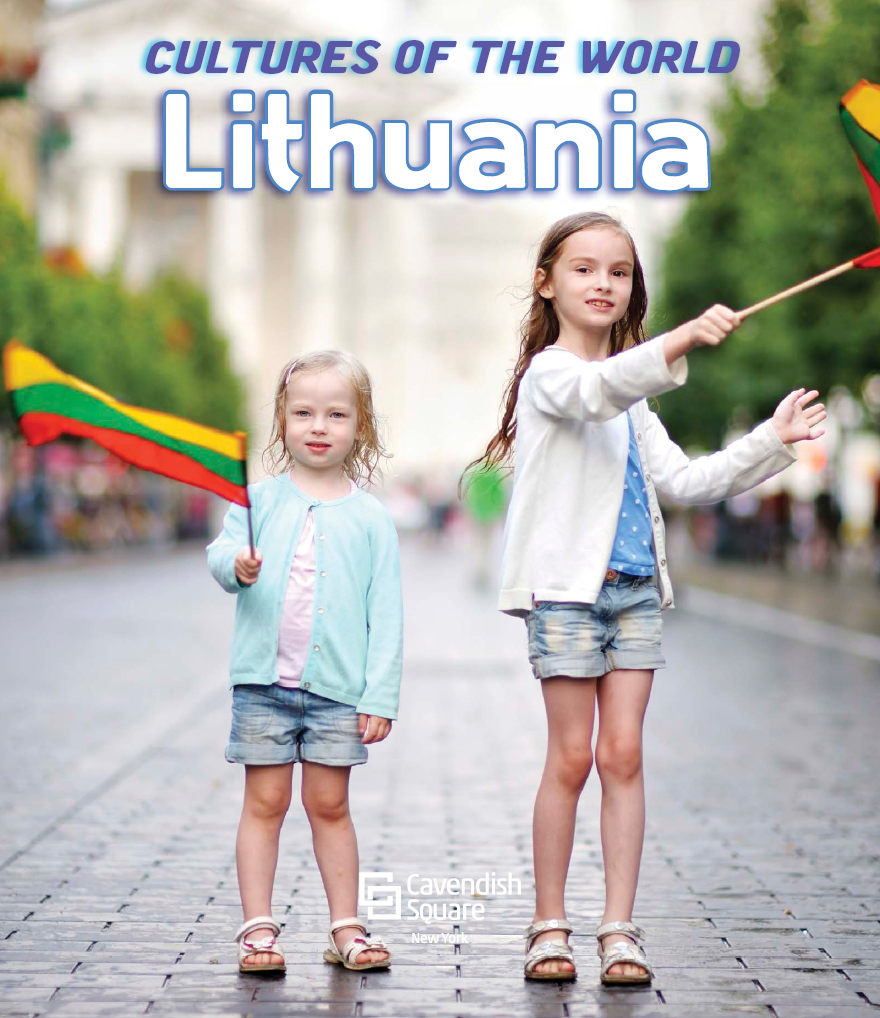

 CONTENTS
CONTENTS
